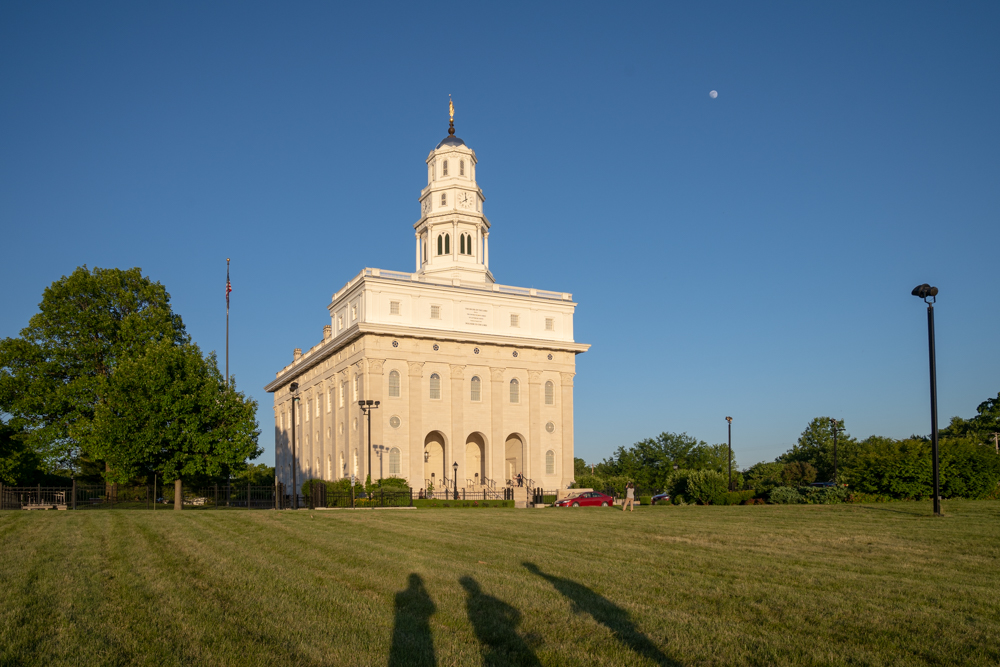
©Marcus Journey
Projects featured this week were selected from our call-for-submissions. I was able to interview each of these individuals to gain further insight into the bodies of work they shared. Today, we are looking at the series On the Mormon Trail by Marcus Journey and William Casey.
Marcus Journey was born and raised near Kansas City, Missouri. He received his BFA from Brigham Young University Idaho and an MFA in Photography at Louisiana Tech University. Journey utilizes a mixture of video and photography to investigate cultures living on the margins of society. His work has been exhibited in group shows at different venues nationally, including the Masur Museum of Art, The Art Museum of Eastern Idaho and Drawl Southern Contemporary Art in Little Rock, Arkansas. His photographs of Mormon missionaries have been recognized by various publications, including Southern Culture, Aint-Bad, F-Stop, It’s Nice That and C-41. Marcus works as a visual arts instructor at Louisiana School for Math, Science, and the Arts.
William Casey was born and raised in Baton Rouge, Louisiana. He currently is working towards a BA and BFA at Tufts University and the School of the Museum of Fine Arts in Boston. In 2019 he graduated from Louisiana School for Math, Science, and the Arts residential high school in Natchitoches, LA. His most recent ongoing work attempts to better understand the cultural and political dynamics of the United States, seeking to examine the relationship between humans and their surrounding environment. Beyond photography, he also has strong interests in journalism, politics, and computer science.
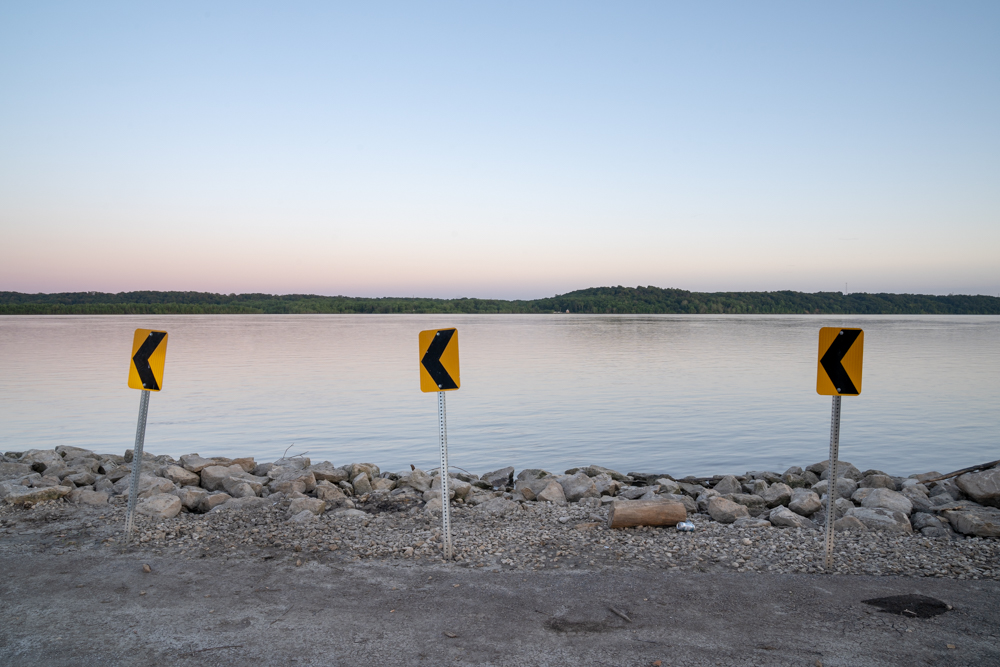
©Marcus Journey
On the Mormon Trail
The trails taken by pioneers in the early days of the American West have evolved into a robust system of interstates and highways. The primitive dirt roads that once existed alongside railroad towns have since been paved over, and are now dotted by strip malls and neat subdivisions. In 2019, journeys that took months in the nineteenth century now only take hours. We wanted to revisit the original trails taken by Mormon pioneers specifically, and for two weeks, we drove the entirety of the original Mormon Trail from Nauvoo, Illinois to Salt Lake City, Utah. The following is a visual documentation of the people, places, and landscapes we encountered along the way.
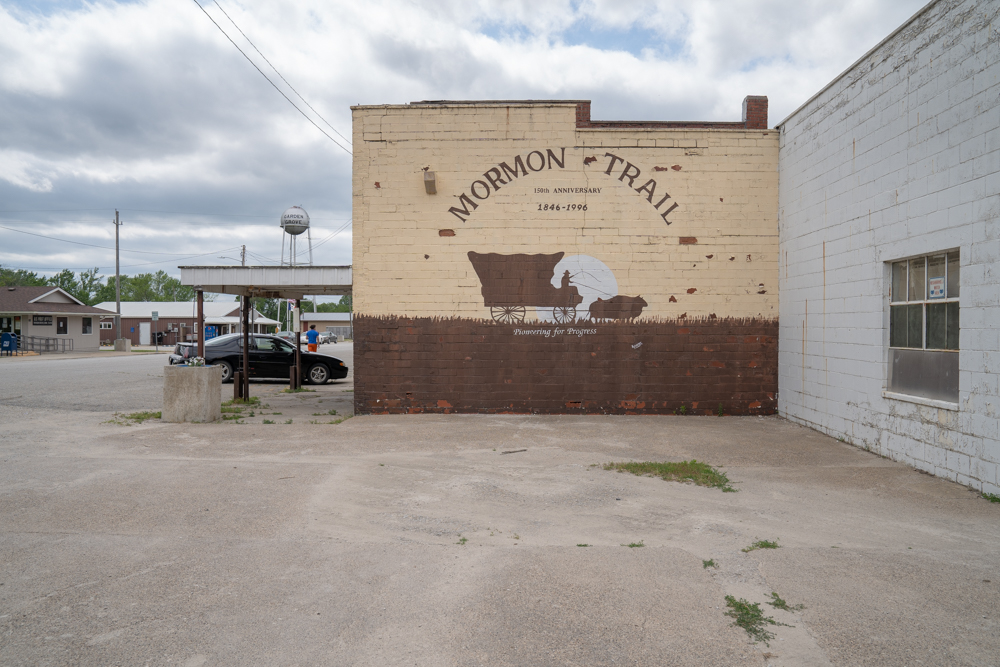
©Marcus Journey
Daniel George: What prompted you to begin this series—at this particular moment in time?
Marcus Journey: Previously I spent a few years in graduate school photographing and making a video about the various sets of missionaries that lived in my apartment complex. I wanted to continue doing projects that connected me to my upbringing in the LDS church. When I was younger I spent much of my time trying to escape the label of being Mormon and now that I’m older and more secure I don’t feel any shame in that regard. At the time I remember thinking about the migrant caravans that were making extensive treks from places like Honduras, Guatemala, and Mexico to flee from violence, poverty, and political repression. Similarly, early Mormon pioneers from England, Wales, and Scotland faced an insuperable journey westward.

©William Casey
DG: You mention that you grew up hearing stories about the pioneer experiences on the Mormon Trail in your church services. So, there was a certain level of familiarity. Did you have certain expectations as you set out to photograph along the route? What was fulfilled, or left unfulfilled?
MJ: Because the trail has been overtaken by agricultural land, various roads and interstates, subdivisions, and even reservoirs it can be hard to see any evidence that the trail ever existed. Along the way, we followed a very specific map created by the national park service that was designated to protect the remains of significant overland routes like the Mormon and Oregon Trail. We tried to follow the NPS route as close as possible but were sometimes denied access due to private property and occasionally, the weather conditions made a few farm roads impassable. It may be naïve, but in some ways, I expected to be able to get out of my car and walk the trail as if I were a pioneer pulling a handcart across the high desert.
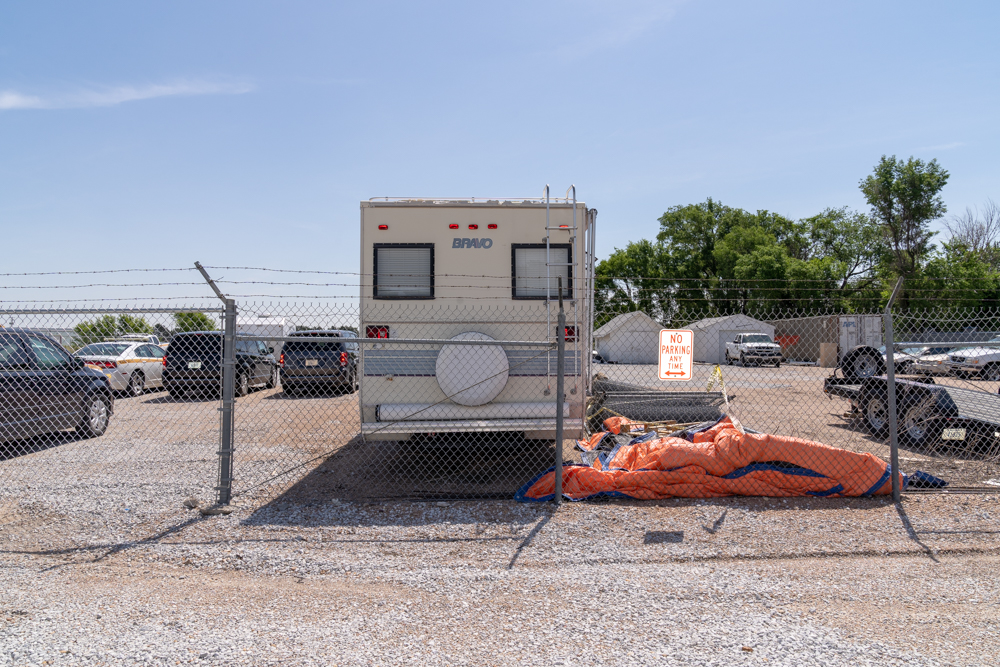
©Marcus Journey
DG: You brought along a couple collaborators on this trip (including William Casey, whose portraits are included in this edit). Why did you feel it was necessary to include these alternate points-of-view?
MJ: It can be easy to get lost in your mental baggage at times. Having a variety of viewpoints is healthy for a project and keeps things relatively objective. It was great to have extra hands to help drive, set up camp, and especially navigate the various unmarked roads that followed the North Platte River.

©William Casey
DG: Tell me more about your use of the journals in the research and execution of the project. Did these belong to the same pioneers who traveled along the trail?
MJ: I primarily read the journals of emigrants traveling with the Willie and Martin Handcart Companies. Nearly 1,100 Latter Day Saints left Florence, Nebraska behind schedule in early fall and experienced freezing temperatures and heavy snowfall across the high elevations in Wyoming. The bad timing turned into a disaster killing more than 200 pioneers. Out of the 56,000 pioneers who traveled the Mormon Trail only 3,000 traveled by handcart, while the majority crossed by covered wagon. When I was a teenager I went on a pioneer reenactment trip with my church and one of the things I came away with is that a lot of people died and after I pushed a handcart for three days I felt like I was going to die as well. I think because the Martin and Willie story is told so often to LDS youth, there’s a belief that such hardship and suffering were the norms. In reality, between 1847-1868 an estimated 1,900 people died en route to the Salt Lake Valley. That’s about a 3.5 percent mortality rate.
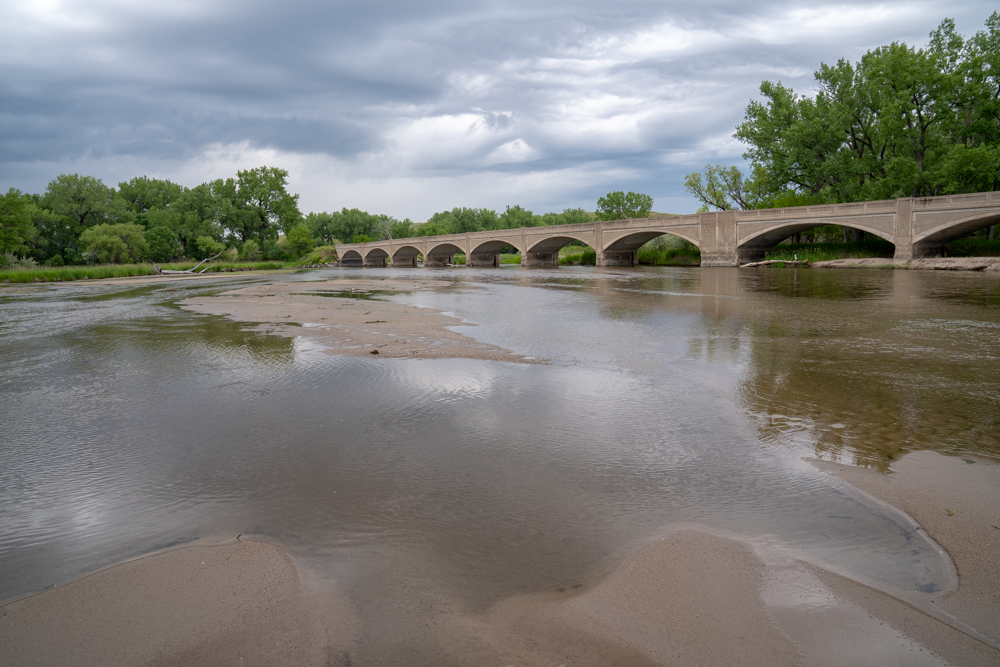
©Marcus Journey
DG: Beyond the obvious allusion to your last name, why was it important for you to create a contemporary survey of this historical journey?
MJ: Previously, photographs made of the Mormon Trail were displayed in tourism pamphlets and Sunday School manuals to highlight historical points of interest. While it was important for me to reference the history of the trail trough photographs, I also tried to focus on the people we met and structures that have altered the landscape.
The dirt trails once carved by handcarts and wagons have now been paved over or reclaimed by mother nature. A journey that used to take four months has been reduced to a few days of leisurely travel. These photographs began to demystify the dramatic tales I was told as a youth. It was a therapeutic experience to get out of my daily routine and experience an ever-changing place.
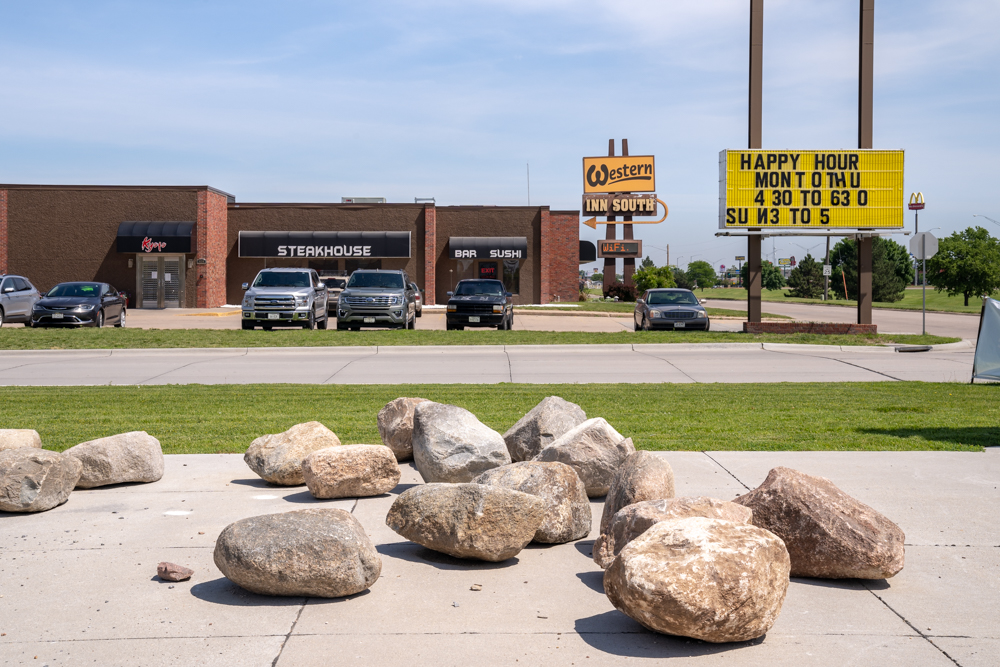
©Marcus Journey

©William Casey
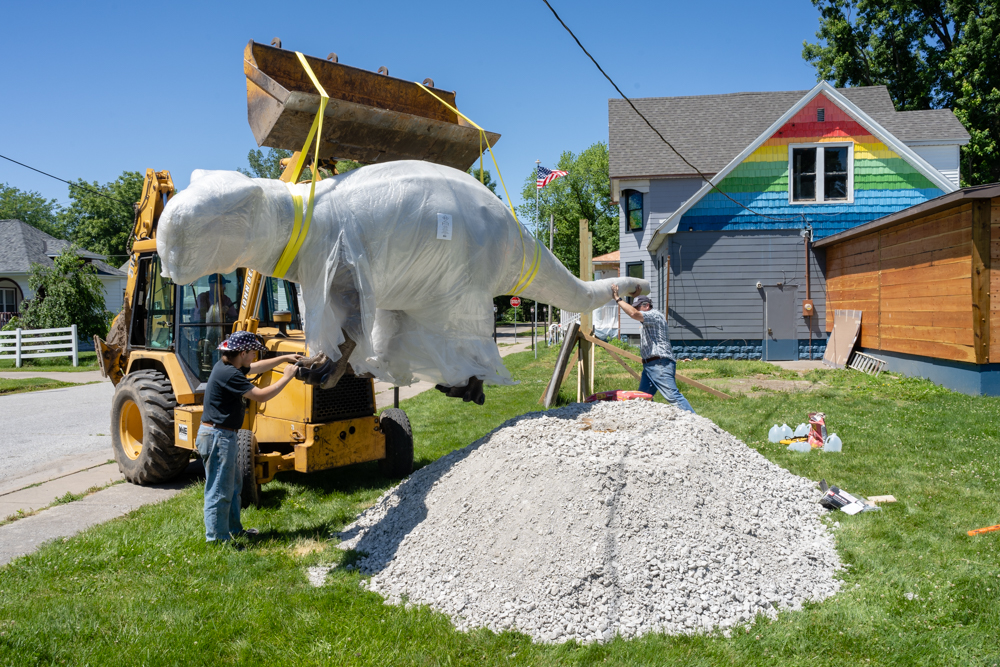
©Marcus Journey
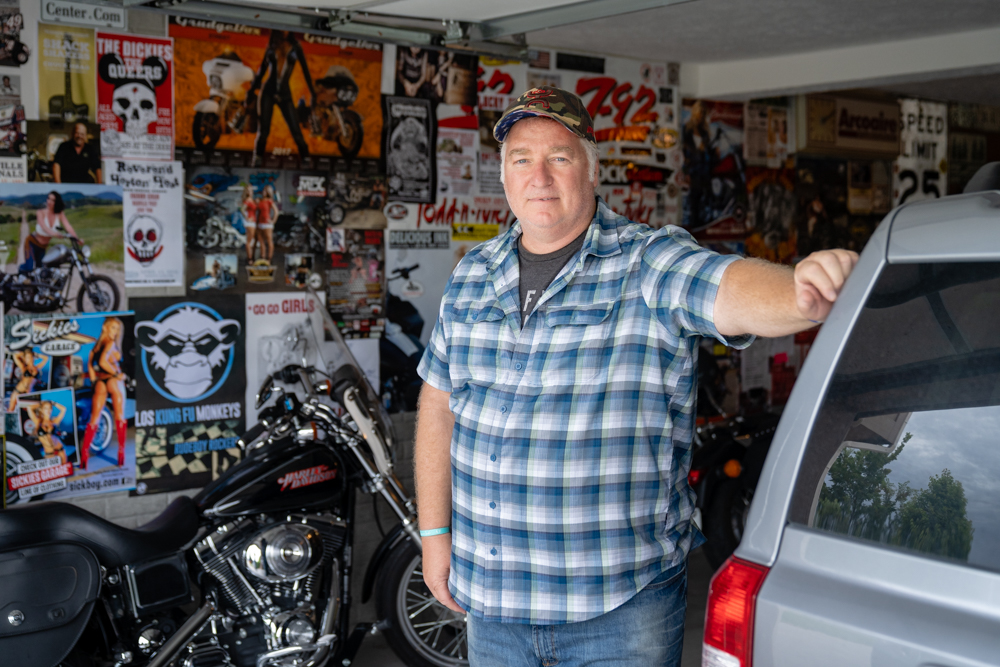
©Marcus Journey
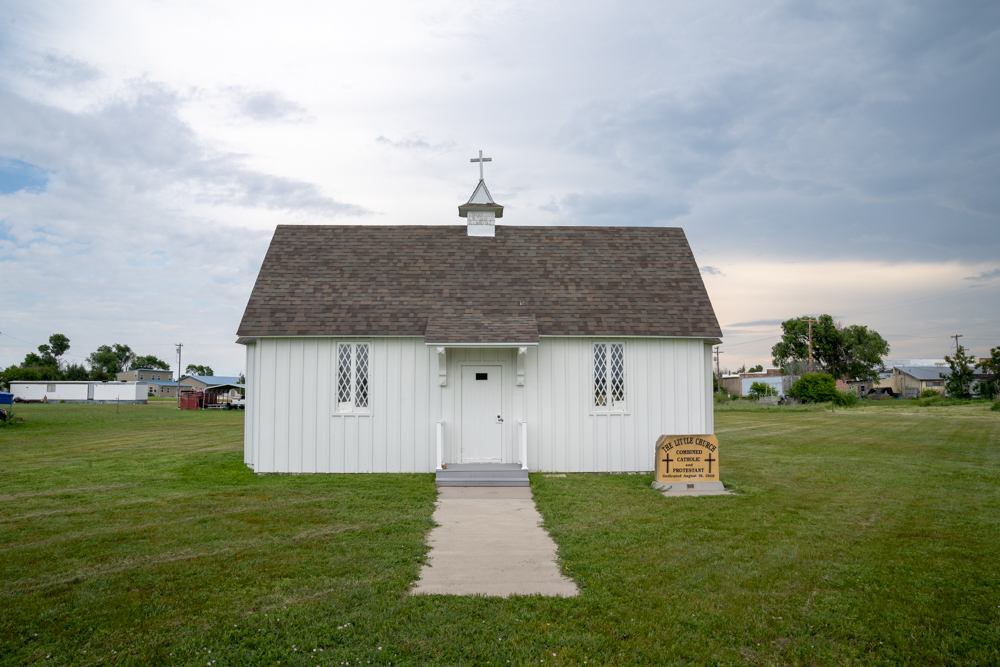
©Marcus Journey

©Marcus Journey
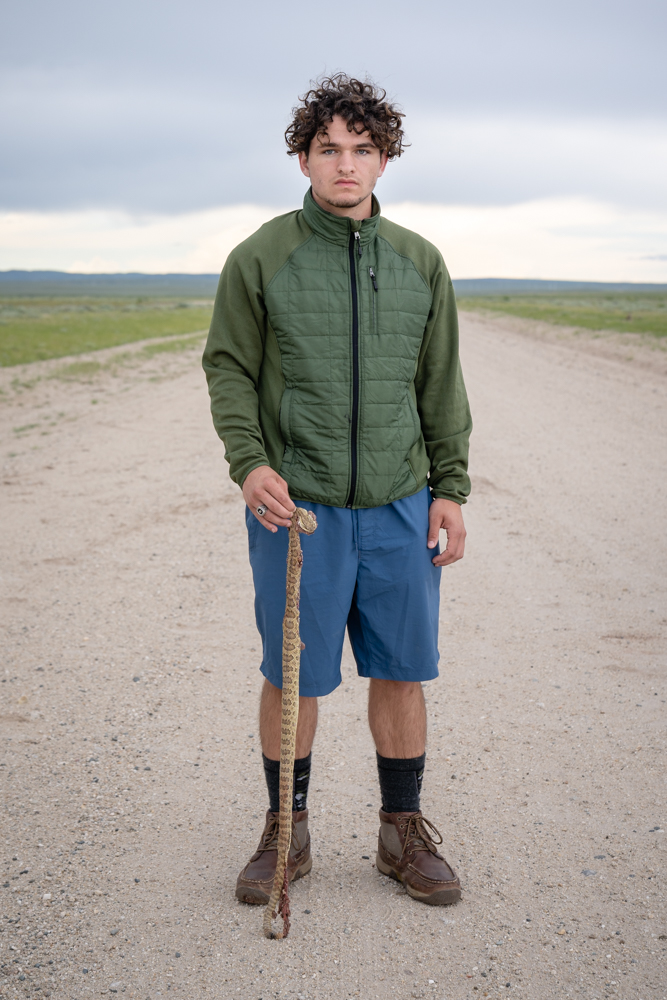
©Marcus Journey
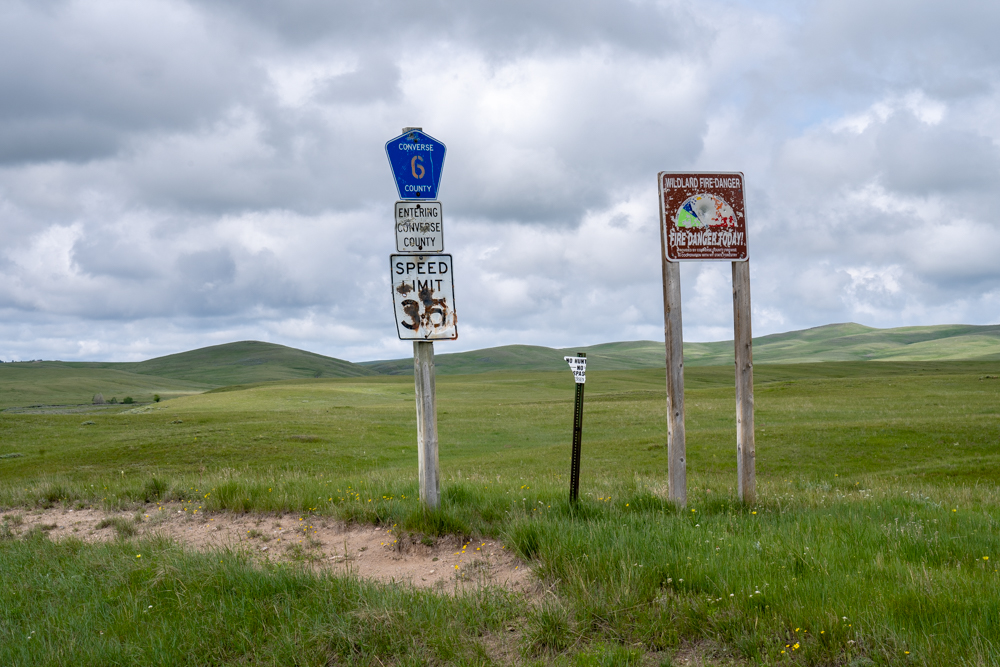
©Marcus Journey
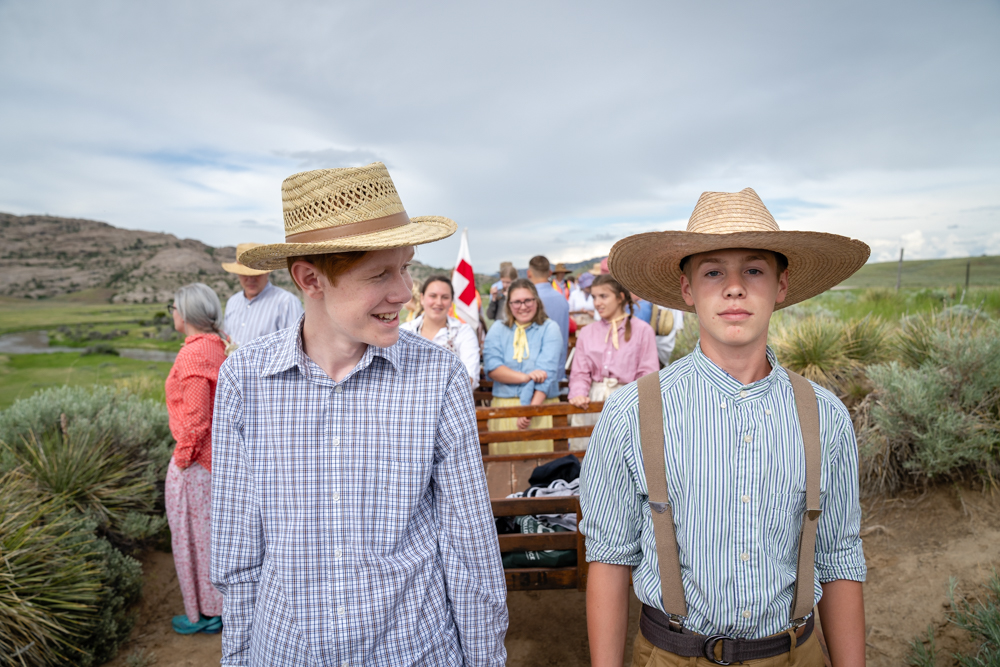
©Marcus Journey
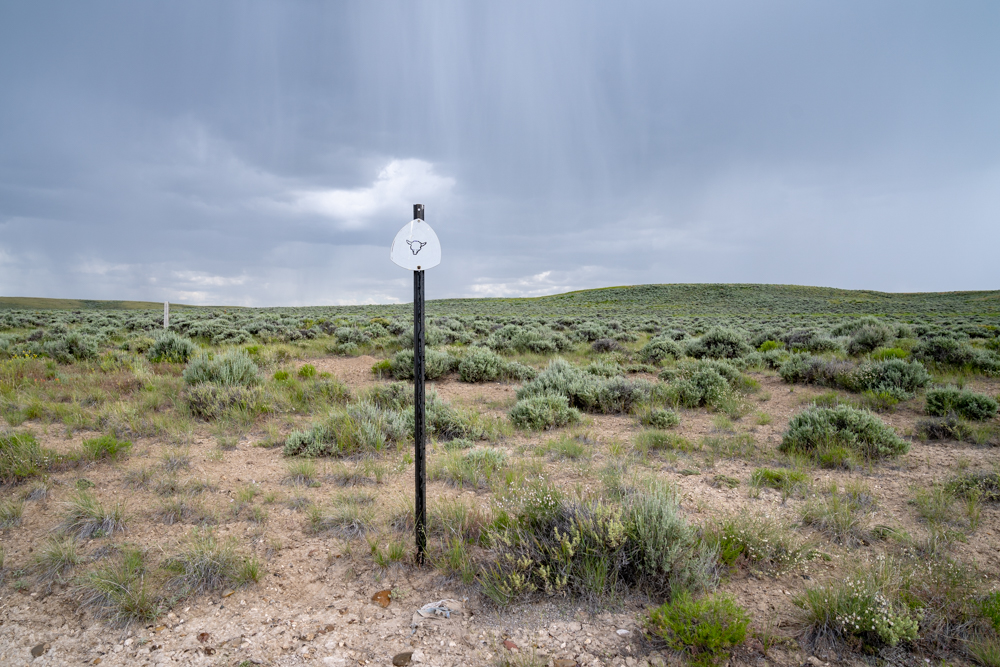
©Marcus Journey
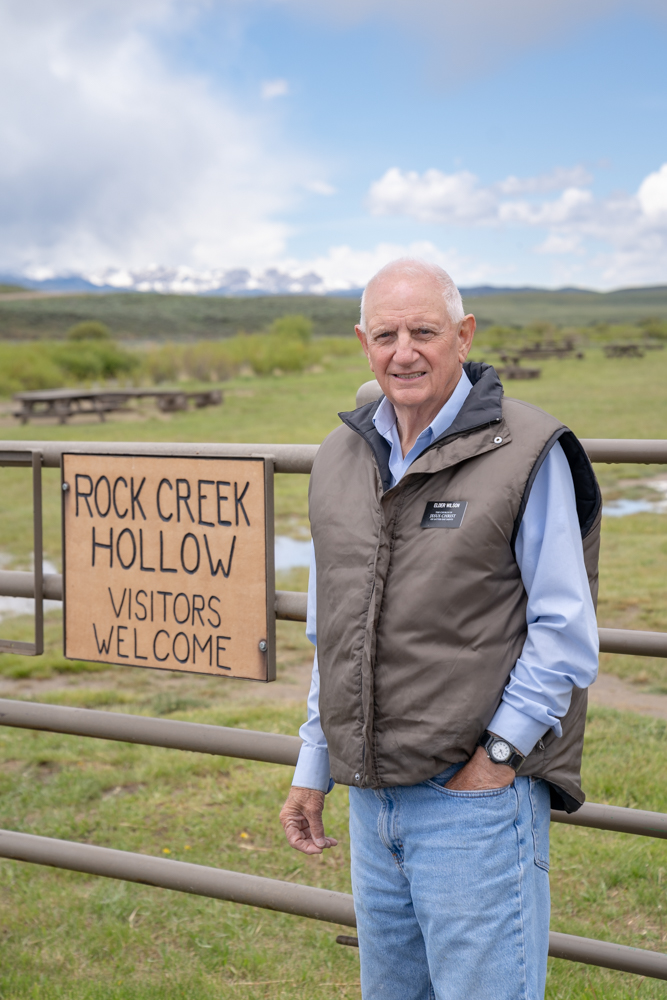
©Marcus Journey
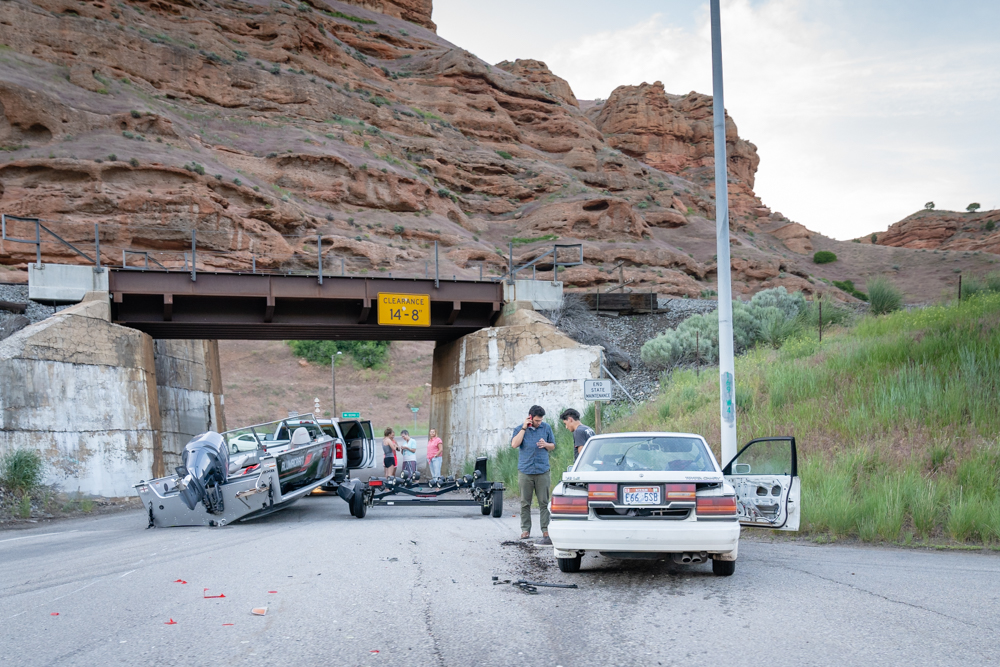
©Marcus Journey
-
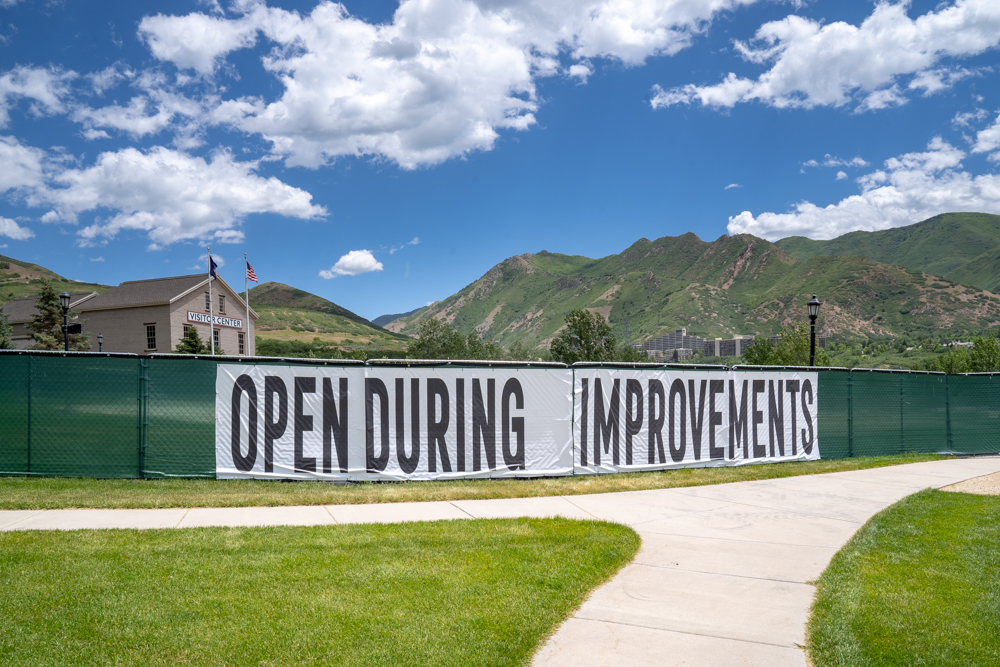
©Marcus Journey

©Marcus Journey

















































































